Director, Book Publishing, Abe Ogden; Managing Editor, Greg Guthrie; Acquisitions Editor, Victor Van Beuren; Editor, Kim Douglass Marin; Production Manager, Melissa Sprott; Composition, ADA; Cover Design, Jody Billert.
2015 by the American Diabetes Association, Inc. All Rights Reserved. No part of this publication may be reproduced or transmitted in any form or by any means, electronic or mechanical, including duplication, recording, or any information storage and retrieval system, without the prior written permission of the American Diabetes Association.
Printed in the United States of America
1 3 5 7 9 10 8 6 4 2
The suggestions and information contained in this publication are generally consistent with the Clinical Practice Recommendations and other policies of the American Diabetes Association, but they do not represent the policy or position of the Association or any of its boards or committees. Reasonable steps have been taken to ensure the accuracy of the information presented. However, the American Diabetes Association cannot ensure the safety or efficacy of any product or service described in this publication. Individuals are advised to consult a physician or other appropriate health care professional before undertaking any diet or exercise program or taking any medication referred to in this publication. Professionals must use and apply their own professional judgment, experience, and training and should not rely solely on the information contained in this publication before prescribing any diet, exercise, or medication. The American Diabetes Associationits officers, directors, employees, volunteers, and membersassumes no responsibility or liability for personal or other injury, loss, or damage that may result from the suggestions or information in this publication.
 The paper in this publication meets the requirements of the ANSI Standard Z39.48-1992 (permanence of paper).
The paper in this publication meets the requirements of the ANSI Standard Z39.48-1992 (permanence of paper).
ADA titles may be purchased for business or promotional use or for special sales. To purchase more than 50 copies of this book at a discount, or for custom editions of this book with your logo, contact the American Diabetes Association at the address below or at .
American Diabetes Association
1701 North Beauregard Street
Alexandria, Virginia 22311
DOI: 10.2337/9781580405409
Library of Congress Cataloging-in-Publication Data
Weisenberger, Jill.
21 things you need to know about diabetes and your heart / Jill Weisenberger, MS, RDN, CDE, FAND.
pages cm
Summary: This book illustrates how heart disease is a serious health threat, especially for people with diabetes. In fact, it is responsible for one in four deaths in the United States and is the leading cause of death among both men and women. Unfortunately, having diabetes at least doubles your risk of heart trouble. The good news is that there is a lot we can do to treat it and to protect ourselves from developing this life-threatening disease.-- Provided by publisher.
Includes bibliographical references and index.
ISBN 978-1-58040-540-9 (paperback)
1. Heart--Diseases. 2. Diabetes--Complications. I. Title. II. Title: Twenty one things you need to know about diabetes and your heart.
RC682.W423 2014
641.56311--dc23
2014025791
eISBN: 978-1-58040-605-5
Table of Contents
I am certain you are aware of heart disease, and you probably know it is the number one cause of death in the United States. That means heart disease will probably kill you. Its a sobering thought. In fact, we are in the middle of an epidemic of heart disease, and just about everyone is affected.
However, did you know that heart disease is preventable? It really is. Did you know that it is reversible if you already have it? How do we know this? First, there are whole populations of people in this world who rarely are affected by heart disease. For example, the Tarahumara Native Americans living in Mexico rarely get heart disease, that is until they move to the United States and assume our way of living.
Most animals rarely get heart disease, unless they are fed a high-fat diet. People who eat certain diets (such as the Mediterranean diet in Europe) have a low incidence of heart disease compared to people who eat a Westernized diet. Randomized, controlled clinical trials using medications that reduce the circulating blood level of cholesterol have demonstrated a marked reduction in heart disease. And finally, direct heart artery observation studies using intravascular ultrasound (a picture of an artery using sound waves) have convincingly shown a reversal of atherosclerosis when blood cholesterol is significantly reduced. So we know some things work.
How do you stop atherosclerosis from building up in your arteries and eventually causing a heart attack? The good news is that the answer is not rocket science. The bad news is that you will have to do a little homework. In essence, you will have to get smart about heart disease.
And that is where this excellent book comes in. Jill Weisenberger has created a great reference, full of good ideas and suggestions. It gives examples of people like you who want to live healthy and smart. It will lead you in the right direction, and it may save your life. Just dont read it once and think you know all you need to know. You wont. Youll need to read it again and again.
Here are my suggestions: Underline the key points in the book that you want to remember. Dog-ear the pages that are especially helpful. Bookmark the chapters that you need to read again. In other words, use it to prevent or reverse heart disease in you. Then, as an act of kindness, buy your spouse, partner, or neighbor a copy, because you sure dont want to give him/her yours. Not on your life!
David S. Schade, MD
Distinguished and Regents Professor of Medicine;
Chief, Division of Endocrinology,
University of New Mexico Health Sciences Center,
Albuquerque, NM
Many thanks to the American Diabetes Association for allowing me this opportunity to teach and encourage people with diabetes to care for their hearts. I appreciate the hard work that goes into polishing a book idea, and designing, illustrating, and editing the text. I appreciate also the reviewers for their time, expertise, and wise comments. Thank you to all who have worked on this project.
It is my patients who inspired me to write on this topic. Thank you for sharing your stories and struggles.
My familyincluding my four-legged family memberskeeps me sane and entertained, no matter what Im working on. Thank you for being you.
There is no denying that heart disease is a serious health threat, especially for people with diabetes. In fact, it is responsible for one in four deaths in the United States and is the leading cause of death among both men and women. Unfortunately, having diabetes at least doubles your risk of heart trouble. The good news, as you will see in later chapters, is that there is a lot we can do to treat and protect ourselves from developing this life-threatening heart disease. In the first few chapters, however, we discuss the disease process.
Heart disease, or cardiovascular disease (CVD), is the catchall term to describe diseases of the heart or the blood vessels. The most common form of heart disease is coronary artery disease (CAD), which occurs when the inner walls of the arteries that carry blood to the heart muscle become streaked or lined with plaque. Plaque is a sticky material made of fat, cholesterol, calcium, and other substances from your blood.
The troublesome buildup of plaque is called atherosclerosis, which comes from the Greek roots meaning hardening and gruel. Atherosclerosis can limit blood flow to the heart (and tissues in other parts of the body), leaving the heart muscle without the adequate oxygen and nutrients it needs to function properly. If the plaque ruptures, a blood clot will form inside the artery. If the clot is large enough, it can partially or completely block the flow of blood to the heart.

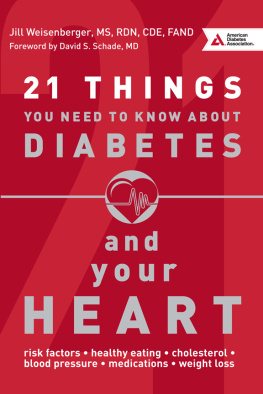

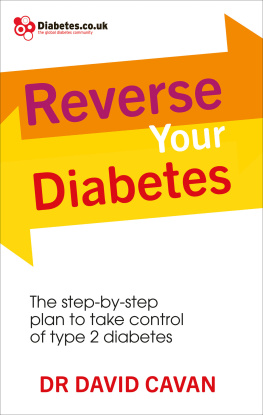
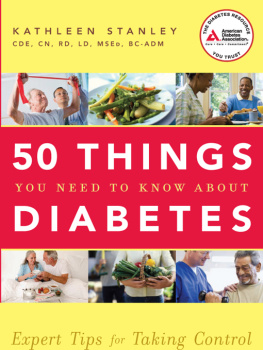
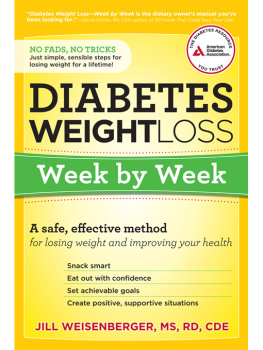
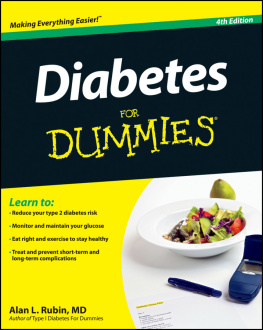
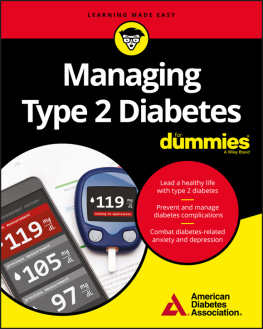

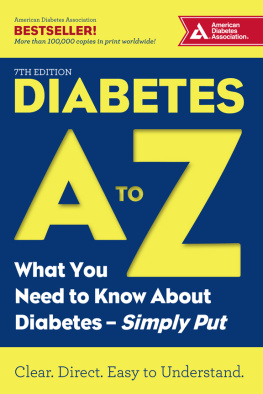
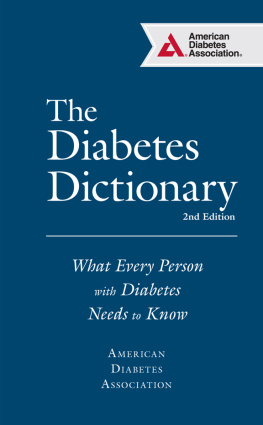
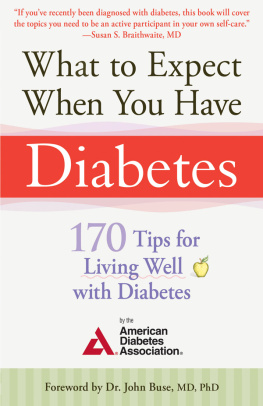

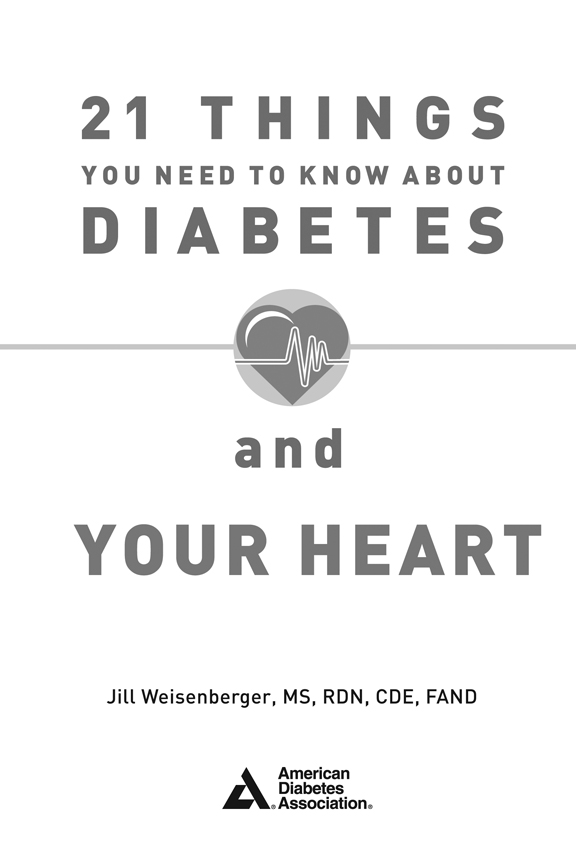
 The paper in this publication meets the requirements of the ANSI Standard Z39.48-1992 (permanence of paper).
The paper in this publication meets the requirements of the ANSI Standard Z39.48-1992 (permanence of paper).